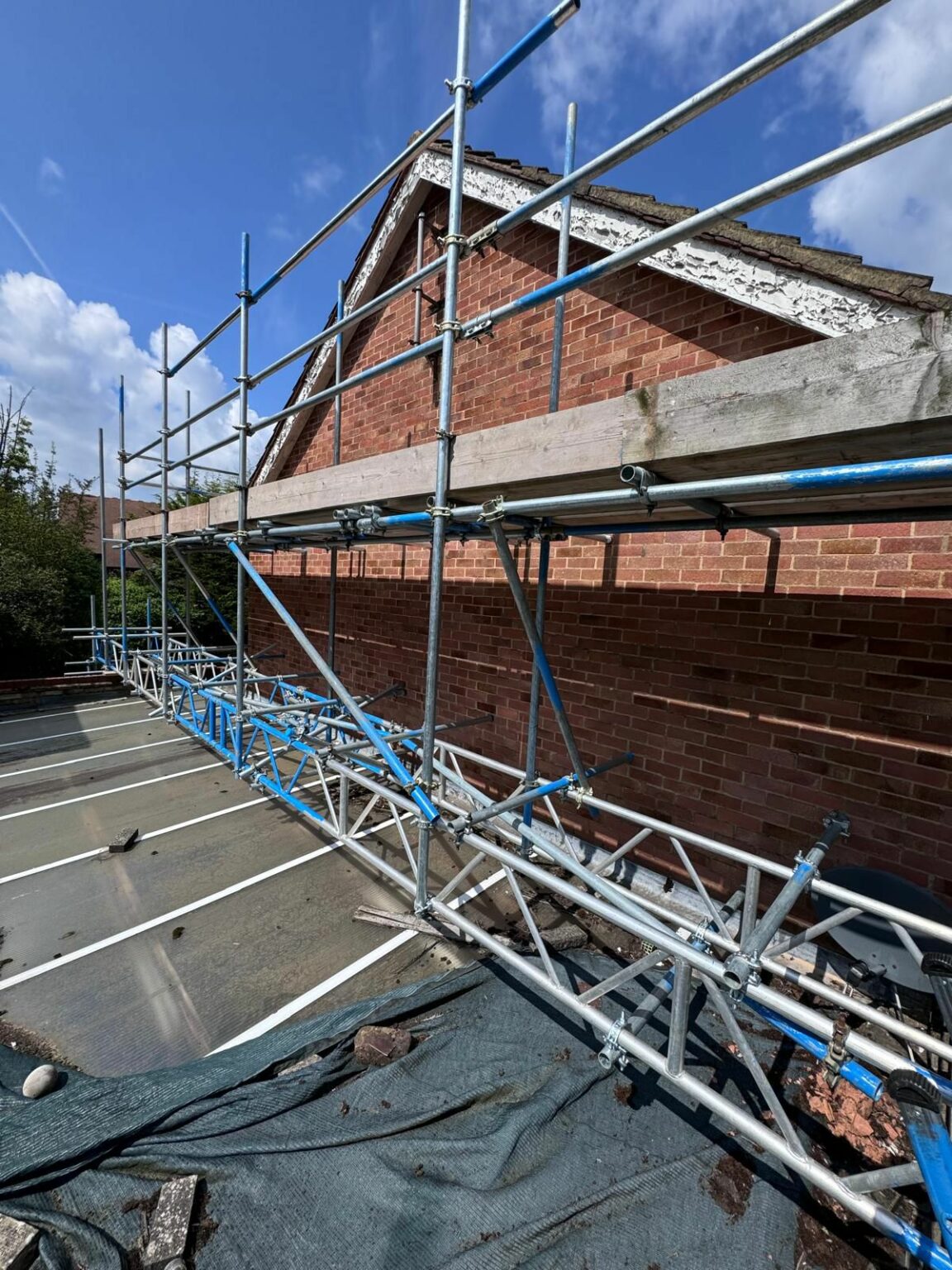
When you step into the world of RC cars and boats, one of the most important decisions you’ll face is choosing the right battery. Your battery directly affects speed, acceleration, runtime, and overall performance. Among the many options available, the 4s LiPo battery has become a favorite for serious hobbyists who crave power and speed.
But is it the right choice for everyone? Or is it too much for certain RC setups? This guide will help you understand what makes a 4S LiPo special, its benefits and risks, and whether it’s the right fit for your RC vehicle.
Understanding LiPo Batteries
What Is a LiPo Battery?
A LiPo (Lithium Polymer) battery is a rechargeable power source commonly used in RC cars, boats, drones, and airplanes. Compared to older NiMH or NiCd batteries, LiPos are:
Lighter – less weight for better handling.
More powerful – capable of higher voltage and current output.
More efficient – delivering longer runtimes at the same capacity.
These characteristics make LiPo batteries the go-to choice for RC enthusiasts.
Decoding the “S” in LiPo
The “S” rating on a LiPo battery tells you how many cells are connected in series. Each cell has a nominal voltage of 3.7V.
2S = 7.4V nominal (8.4V fully charged)
3S = 11.1V nominal (12.6V fully charged)
4S = 14.8V nominal (16.8V fully charged)
6S = 22.2V nominal (25.2V fully charged)
The higher the S rating, the more voltage and power your battery delivers. That means a 4S pack is significantly more powerful than a 2S or 3S, but it also requires more care and compatible electronics.
What Is a 4S LiPo Battery?
Voltage and Power Output
A 4S LiPo battery contains four cells in series, producing a nominal voltage of 14.8V and a fully charged voltage of 16.8V. This extra voltage translates into:
Faster acceleration for RC cars.
Higher top speeds for racing.
More thrust for RC boats cutting through water.
Typical Applications
A 4S battery is most commonly used in:
RC Cars – particularly 1/8 scale buggies, monster trucks, and truggies.
RC Boats – racing boats and large hull designs.
Other RC Models – high-performance drones and some airplanes.
Benefits of Using a 4S LiPo in RC Cars and Boats
1. Enhanced Speed and Power
A 4S battery provides a noticeable boost in performance. For RC cars, this means stronger torque and higher top speeds, while boats benefit from faster sprints and the ability to cut through drag on water.
2. Efficiency and Runtime
While a 4S battery has higher voltage, it can actually run more efficiently when paired with the right electronics. Operating at lower throttle settings can extend runtimes compared to pushing a 2S or 3S battery to its limits.
3. Flexibility in Tuning
With 4S power, RC enthusiasts have more options for gearing setups. You can tune for speed on smooth tracks or torque for rough terrain and water conditions.
Drawbacks and Risks of 4S LiPo Batteries
1. Increased Stress on Electronics
The extra voltage from a 4S pack puts more strain on your ESC (Electronic Speed Controller) and motor. If your setup isn’t rated for 4S, it could overheat or fail.
2. Safety Concerns
LiPo batteries must be handled carefully. A 4S pack increases the risk of fire or explosion if overcharged, punctured, or stored improperly. Safe charging and storage are essential.
3. Weight and Size
4S batteries are heavier and bulkier than 2S or 3S packs. Smaller RC vehicles may not have space for them, and the added weight can affect handling.
Is a 4S LiPo Right for Your RC Car?
Best Fit for RC Cars
1/8 Scale Buggies – built to handle higher power.
Monster Trucks – need torque for big jumps and stunts.
Truggies – balanced designs that thrive on 4S setups.
When 4S Is Overkill
For smaller cars, such as 1/10 scale models, a 4S battery is often unnecessary and even risky. They may not be designed for such power, leading to uncontrollable handling or damaged electronics.
Is a 4S LiPo Right for Your RC Boat?
Best Fit for RC Boats
High-speed racing boats that need raw power.
Larger hull designs that require more thrust.
When to Avoid 4S in Boats
Smaller, entry-level boats perform well with 2S or 3S packs. Using 4S in these setups could overwhelm the electronics or make the boat uncontrollable.
Key Considerations Before Choosing a 4S LiPo
1. ESC and Motor Compatibility
Check if your ESC and motor are rated for 4S voltage. Using the wrong battery could burn out your electronics.
2. Runtime vs. Performance
A 4S battery delivers more speed but might reduce runtime compared to smaller packs if you’re constantly pushing it. Choose based on whether you prefer endurance or raw speed.
3. Cost
4S batteries are more expensive than 2S or 3S packs, and they may require a higher-rated charger. Factor in long-term costs before upgrading.
Best Practices for Using 4S LiPo Batteries
Charging Tips
Always use a LiPo balance charger.
Follow the 1C charging rule (e.g., 5000mAh battery = 5A charge rate).
Never leave charging batteries unattended.
Storage and Maintenance
Store at 3.7–3.85V per cell.
Use a LiPo safe bag or container.
Keep batteries in a cool, dry place.
Safety Guidelines
Inspect for swelling, leaks, or damage.
Never discharge below 3.2V per cell.
Dispose of damaged packs safely.
Alternatives to a 4S LiPo
2S and 3S LiPo Batteries
Best for beginners and smaller RC vehicles. They are safer, lighter, and easier to manage.
6S LiPo Batteries
For advanced hobbyists, a 6S battery offers extreme speed and power. However, it requires premium electronics and experience.
Conclusion
A 4S LiPo battery can transform your RC car or boat into a high-performance machine. It delivers speed, torque, and flexibility, making it perfect for large-scale RC cars and competitive boats.
However, it’s not for everyone. Beginners and small-scale RC enthusiasts are better off with 2S or 3S packs until they’re ready to handle the responsibility of higher power.
In short, if your electronics are 4S-ready and you crave performance, the 4S LiPo is an excellent choice. If not, consider smaller packs or upgrade your setup before making the jump.
FAQs
1. What does 4S mean on a LiPo battery?
It means the battery has four cells in series, producing 14.8V nominal voltage.
2. Can I use a 4S LiPo in a car designed for 3S?
No, unless your ESC and motor support 4S voltage.
3. How long does a 4S LiPo battery last?
Typically 15–30 minutes per run, depending on driving style and battery capacity.
4. Is a 4S LiPo safe for beginners?
Not ideal. Beginners should start with 2S or 3S packs.
5. What’s the difference between 4S and 6S?
6S delivers even more speed but requires advanced electronics and handling skills.
6. Do I need a special charger for 4S batteries?
Yes, you need a LiPo balance charger that supports 4S.
7. Can I use two 2S batteries instead of one 4S?
Yes, connecting them in series gives the same result as a 4S.
8. How do I check if my setup supports 4S?
Review the ESC and motor specifications.
9. Which is better for racing: 3S or 4S?
4S offers higher performance, but some racing classes limit batteries to 3S.
10. What’s the price of a good 4S battery?
Expect to pay between $40 and $100, depending on brand and capacity.


